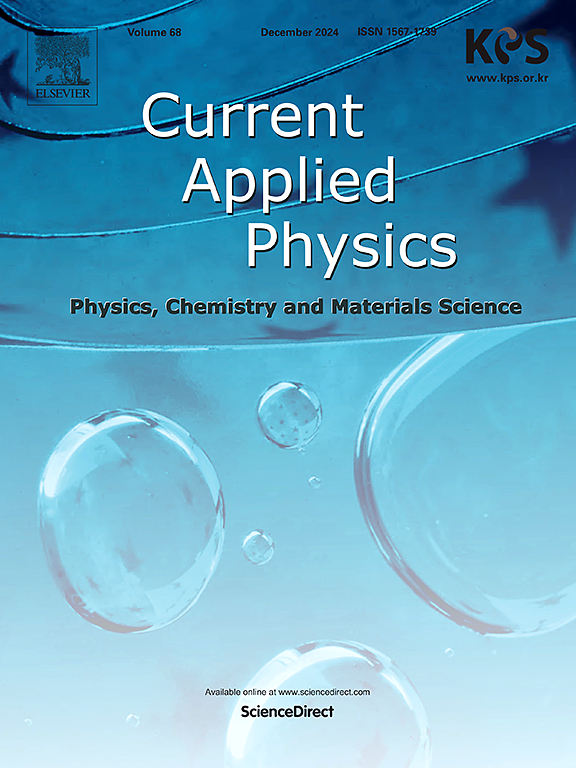Microscopic origin of the spin-splitting in altermagnets
IF 3.1
4区 物理与天体物理
Q3 MATERIALS SCIENCE, MULTIDISCIPLINARY
引用次数: 0
Abstract
Altermagnets, characterized by spin-split bands without net magnetization, have recently emerged as a promising platform for spintronics. However, their microscopic mechanisms remain elusive, often relying on abstract group theory. In this work, we present an intuitive and pedagogical framework to understand the origin of spin splitting in altermagnets. We identify two essential ingredients: (1) alternating spin-polarized wavefunction localization on sublattices, and (2) broken translational symmetry caused by distortions in non-magnetic ion cages. We discuss a minimal model Hamiltonian based on an atomic exchange-driven spin splitting and anisotropic hopping that captures these effects and reproduces the hallmark features of altermagnetic band structures, including nodal spin degeneracies and large spin splittings. Our model is further validated by ab initio calculations on MnF2. By demystifying the microscopic origins of altermagnetism, our work bridges symmetry analysis and material realizations, shedding light on practical designs of altermagnetic spintronic devices.

交替磁体中自旋分裂的微观起源
交替磁体,其特点是自旋分裂带没有净磁化,最近成为一个有前途的自旋电子学平台。然而,它们的微观机制仍然难以捉摸,往往依赖于抽象的群论。在这项工作中,我们提出了一个直观的和教学的框架来理解自旋分裂的起源在交替磁体。我们确定了两个基本成分:(1)交替自旋极化波函数在亚晶格上的定位,以及(2)由非磁性离子笼中畸变引起的平移对称性破坏。我们讨论了一个基于原子交换驱动的自旋分裂和各向异性跳变的最小模型哈密顿量,它捕获了这些效应,并再现了交替带结构的标志性特征,包括节点自旋简并和大自旋分裂。通过对MnF2的从头算例进一步验证了我们的模型。通过揭开电磁学微观起源的神秘面纱,我们的工作将对称分析和材料实现连接起来,为电磁学自旋电子器件的实际设计带来启发。
本文章由计算机程序翻译,如有差异,请以英文原文为准。
求助全文
约1分钟内获得全文
求助全文
来源期刊

Current Applied Physics
物理-材料科学:综合
CiteScore
4.80
自引率
0.00%
发文量
213
审稿时长
33 days
期刊介绍:
Current Applied Physics (Curr. Appl. Phys.) is a monthly published international journal covering all the fields of applied science investigating the physics of the advanced materials for future applications.
Other areas covered: Experimental and theoretical aspects of advanced materials and devices dealing with synthesis or structural chemistry, physical and electronic properties, photonics, engineering applications, and uniquely pertinent measurement or analytical techniques.
Current Applied Physics, published since 2001, covers physics, chemistry and materials science, including bio-materials, with their engineering aspects. It is a truly interdisciplinary journal opening a forum for scientists of all related fields, a unique point of the journal discriminating it from other worldwide and/or Pacific Rim applied physics journals.
Regular research papers, letters and review articles with contents meeting the scope of the journal will be considered for publication after peer review.
The Journal is owned by the Korean Physical Society.
 求助内容:
求助内容: 应助结果提醒方式:
应助结果提醒方式:


